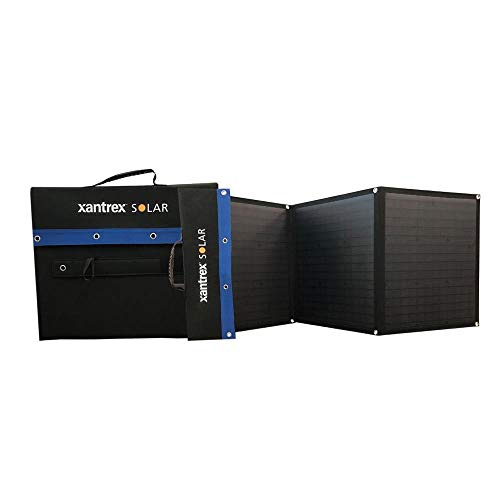I am looking at getting a microwave
commercial chef 0.6 cu. ft. countertop microwave LINK to a manual with power settings
SO it says it 600W cooking power but takes 950 watts draw. Which I would assume that is only at 100%
It has 6 power settings so 100, 88, 73, 52, 42, and 20.
(please excuse my ignorance I havn't owned a microwave in about 15 years lol..)
Is the lower power settings equal to the power draw? Or is it still 100% power but the power cycles on and off during lower settings?
Meaning it will always draw 950 watts but will turn off say 12% of the time on the 88% power setting?
OR does that mean 950watt draw would be decreased to around 836 watts, and 693.5 watts for 73% power and so on?
I have two systems. a 200AH deep cycle batter but I would have to buy and invertor (300 watts of solar)
But the other system is my Bluetti EB70 716wh with a 700 watt inverter. I also have a dedicated 100watts solar going into the power station.
Would I be able to use this microwave at all during the summer?
During the winter I plan on more likely cooking with a cooktop stove for the heat, and rather use solar during the summer then days are long and hot.
Mainly I am looking at using it for two bursts a day. Making my coffee, but I have a coffeemaker that works so might stick to that if the watt effiency isn't there.. then mainly just cook up my eggs in the microwave so likely around 6 min cooking time with everything considered.
Any input be appreciated, thanks.
commercial chef 0.6 cu. ft. countertop microwave LINK to a manual with power settings
SO it says it 600W cooking power but takes 950 watts draw. Which I would assume that is only at 100%
It has 6 power settings so 100, 88, 73, 52, 42, and 20.
(please excuse my ignorance I havn't owned a microwave in about 15 years lol..)
Is the lower power settings equal to the power draw? Or is it still 100% power but the power cycles on and off during lower settings?
Meaning it will always draw 950 watts but will turn off say 12% of the time on the 88% power setting?
OR does that mean 950watt draw would be decreased to around 836 watts, and 693.5 watts for 73% power and so on?
I have two systems. a 200AH deep cycle batter but I would have to buy and invertor (300 watts of solar)
But the other system is my Bluetti EB70 716wh with a 700 watt inverter. I also have a dedicated 100watts solar going into the power station.
Would I be able to use this microwave at all during the summer?
During the winter I plan on more likely cooking with a cooktop stove for the heat, and rather use solar during the summer then days are long and hot.
Mainly I am looking at using it for two bursts a day. Making my coffee, but I have a coffeemaker that works so might stick to that if the watt effiency isn't there.. then mainly just cook up my eggs in the microwave so likely around 6 min cooking time with everything considered.
Any input be appreciated, thanks.


































































